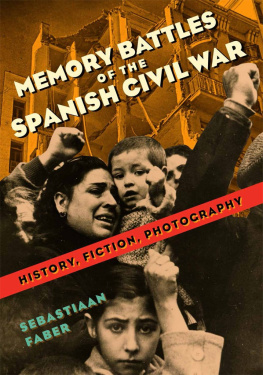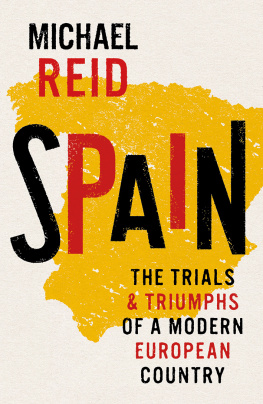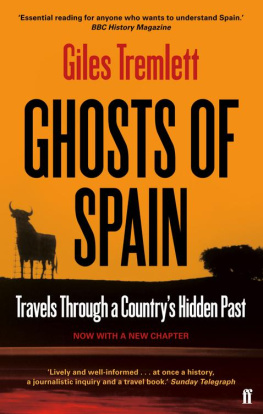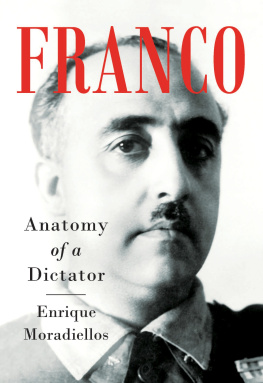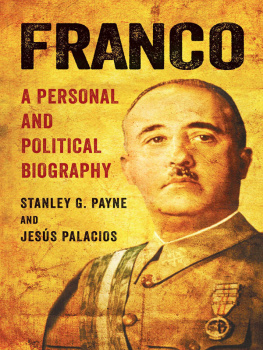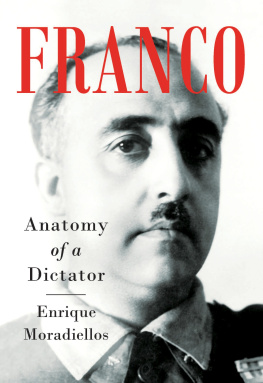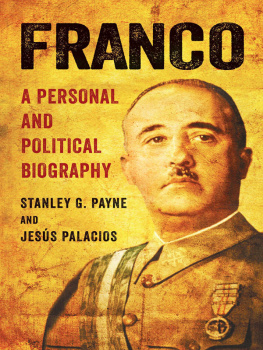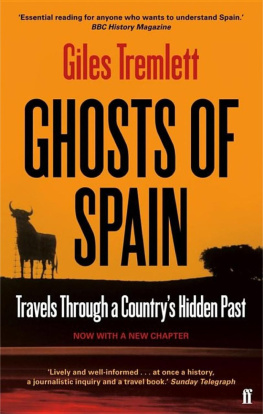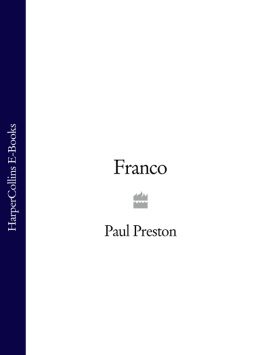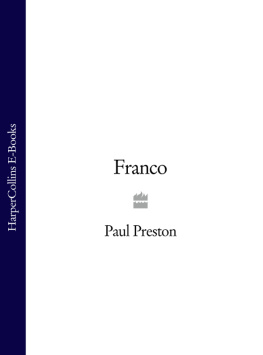Copyright 2021 Vanderbilt University Press
All rights reserved
First printing 2021
Library of Congress Cataloging-in-Publication Data
Names: Faber, Sebastiaan, 1969 author.
Title: Exhuming Franco : Spains second transition / Sebastiaan Faber.
Description: Nashville : Vanderbilt University Press, [2021] | Includes bibliographical references and index.
Identifiers: LCCN 2020055861 (print) | LCCN 2020055862 (ebook) | ISBN 9780826501738 (paperback) | ISBN 9780826501745 (epub) | ISBN 9780826501752 (pdf)
Subjects: LCSH: Franco, Francisco, 18921975Influence. | SpainPolitics and government1982 | IntellectualsSpainInterviews. | Collective memorySpain. | ExhumationSpainHistory21st century.
Classification: LCC DP264.F7 F25 2021 (print) | LCC DP264. F7 (ebook) | DDC 946.084dc23
LC record available at https://lccn.loc.gov/2020055861
LC ebook record available at https://lccn.loc.gov/2020055862
INTRODUCTION
Securely Tied Down
If it hadnt been for a couple of straps and last-minute screws, the embalmed corpse of Francisco Franco may well have slipped from its coffin and crashed onto the esplanade. The scenemacabre and surrealist, with the entire world looking onwould have been worthy of Luis Buuel. Fortunately for Franco, things happened otherwise.
A bit before one oclock in the afternoon on October 24, 2019, eight pallbearers carefully carried the former dictators remains out of the basilica at the Valley of the Fallen, toward the hearse that had pulled up a short distance away. Peeking out from under a brown cloth covering the coffin were two bright orange straps that kept the entire thing together. Just moments earlier, when Francos tombstone was lifted, it had become clear that forty-four years under ground had left their mark: the coffin had suffered serious water damage. Because the wood had decayed in several places, the funeral experts who were supervising the operation recommended transferring the dictators remains to a new container. Yet the family members present, who had been opposed to the exhumation until the very end, rejected that idea out of hand. (Here we are, grandpa, Francos granddaughter had groused a moment before. Here we are, with these defilers of your grave!) (Escolar and Ejerique 2019).
The experts refused to give any guarantees. Still, the rickety coffin had to be moved, so they put in a couple of screws to strengthen its rotten corners and strapped it on to a large wooden plank that they happened to have on hand. The emergency measures worked: the coffin made it to the hearse without incident, and from there into a helicopter. Moments later, Francos remainsstraps and allhad arrived at the family plot, a short twenty-mile flight from the Valley. There, the brown cloth covering the coffin was replaced with a Francoist flag while a priestwho, as it happened, was the son of the officer who in 1981 had led a failed military coupissued a homily in which he praised the dictator as a great leader and champion of Catholicism. Finally, the Generalissimo was reinterred next to his wife.
Franco, who ruled Spain from his 1939 victory in the Spanish Civil War until his death in 1975, wasnt known for his sense of humor. Still, he might have appreciated the symbolism of those unsightly orange straps. Todo ha quedado atado, bien atado, he famously said in his 1969 Christmas address to the nation: Everything is tied down, securely tied down. The phrase described his intended legacy. That same summer, Juan Carlos de Borbn, the grandson of Spains last king, had sworn loyalty to the principles of Francoism, after which the parliament had appointed him as Francos successor. The continuation of the regime was secure, the then seventy-seven-year-old dictator assured his listenerseven after his eventual death.
Has Franco been able to keep his posthumous promise? Does he continue to exert power from beyond the grave? How many of Spains challenges today can be ascribed to Francos legacies? These are questions that continue to divide Spaniards five decades on. Around the time of the exhumation, which coincided with the conflict over Catalonias bid for independence, Spains social-democratic caretaker government launched a campaign to reinforce the countrys image at home and abroad. Through tweets, videos, and events, Spain was presented as a consolidated democracy: one of the freest and safest countries in the world, with a rule of law thats among the globes most advanced. Yet many Spaniards dare to disagree, including a good part of the Left and large sectors of Catalonia and the Basque Country. In their eyes, Spanish democracy is anything but consolidated. If anything, it is dangerously fragile, with its longtime Francoist substratum on the rise rather than in retreat. The results of the two parliamentary elections that took place in April and November 2019 seem to confirm this impression. In April, the Far-Right party Voxwhich embraces Spanish nationalism, rejects gender ideology and the dictatorship of political correctness, idolizes the imperial past, wants to make Spain great again, and defends citizens right to proudly celebrate Francos regimeentered parliament for the first time, with some 10 percent of the vote (24 of the 350 available seats). By November, Vox had expanded its share of the electoral pie to over 15 percent and more than doubled its number of deputies.
And Vox is only the tip of Spains Francoist iceberg, the journalist Emilio Silva assured me not long before the exhumation. Our democracy has dragged Francos heavy tombstone around its neck for years, he said. Francoism is deeply ingrained in Spains political culture. Silva is the founder of the Association for the Recovery of Historical Memory (Asociacin para la Recuperacin de la Memoria Histrica, or ARMH), a grassroots civil-society initiative that for the past twenty years has applied pressure on the countrys governments to settle the many cuentas pendientesthe unfinished businessleft over from the Franco years. Since the ARMHs creation in 2000, its teams of volunteers have located and exhumed hundreds of mass graves with thousands of victims, most of whom died at the hands of military and paramilitary supporters of the Nationalists in the Spanish Civil War. The ARMH took the initiative where the Spanish government hasnt dared to.
Ironically, the largest mass grave in the country is, of all places, the Valley of the Fallen, which is estimated to hold the remains of more than thirty thousand Spaniards. Its construction was begun in 1940; it was inaugurated in 1959, by Franco himself, on the twentieth anniversary of his successful victory in the civil war. How could I express the profound emotion that overcomes us in the presence of the mothers and wives of our Fallen, he had said in an emotional speech, represented by these exemplary women who are here today, and who, fully aware of their Fatherlands demands, one day draped medals around their [sons and husbands] necks and encouraged them to fight?
Our war was evidently not just another civil war but a true Crusade, as the Pope called it at the time: the great epic struggle for a new... independence.... The entire evolution of our Crusade was marked by providence and miracles. How else to describe the decisive help we received on so many occasions from our divine protector?... The anti-Spain was conquered and defeated, but it hasnt died yet. Periodically we see it raise its head abroad as it tries, in its arrogance and blindness, to poison our youth and encourage in it, once more, its innate curiosity and thirst for new things. This is why it is necessary to close ranks against the diversion of the bad educators of the new generations. (Franco 1959)


